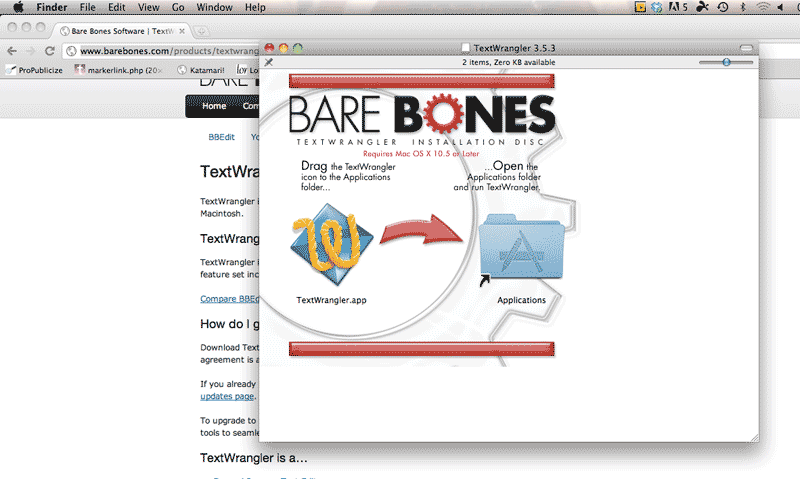
This stuff is relatively easy, and anyone can learn it. “Front-end” code, or web “markup” (HTML and CSS) isn’t really the purview of computer science schools.

I mention this because these tutorials aren’t meant for students with a background in code, or really even an interest in it. You don’t have to know anything about design to follow these, in fact, many of my freshmen don’t (sorry guys, just being honest). That said, I happen to teach interactive design and web development in the Art+Design department at Northeastern University, so my tutorials here (and classes there) are geared towards design students.
Textwrangler pc code#
The web was built around being open and accessible, and the underlying code is too. Who is this for?Īnyone is welcome to follow along with this, and anyone might benefit from it, regardless of your background, age, profession, major in school, etc. The underlying concepts stay the same, but some of the syntax and explanations may change slightly. Fall 2013 represents a complete re-write of these tutorials to better reflect HTML5 and CSS3. Note that I revise these tutorials from time to time as the internet evolves and “best-practices” change. No prior experience in code is necessary, we’re starting at the absolute beginning, and by the time this series is done, you’ll know everything you need to code your own basic site and put it online for the world to see.

This series of tutorials aims to teach basic HTML and CSS-the building blocks of the internet. HTML & CSS Basics Series → What is this series? It is intended for those who have zero web development experience, though it might be a solid "foundation" refresher for anyone. This series introduces the foundation for web development using basic HTML and CSS markup.


 0 kommentar(er)
0 kommentar(er)
